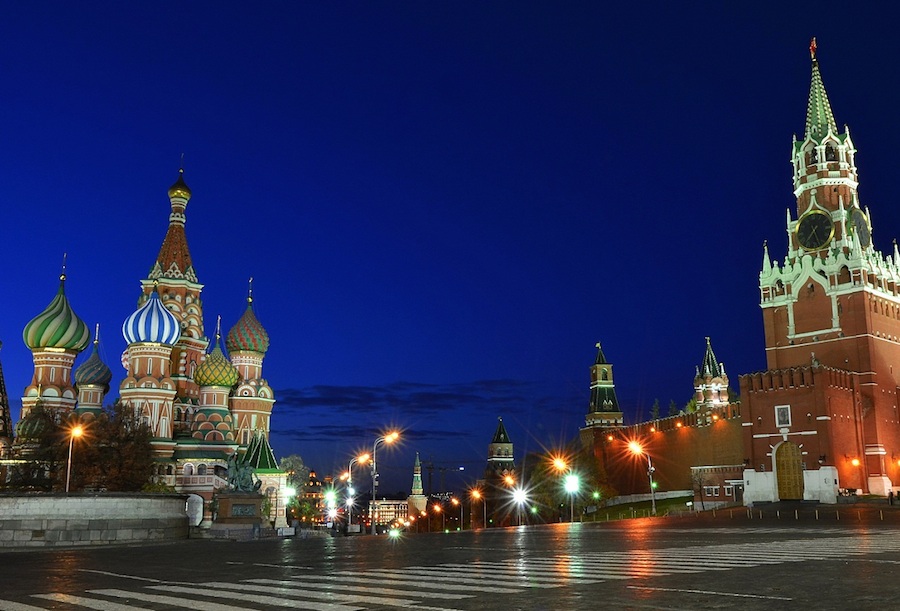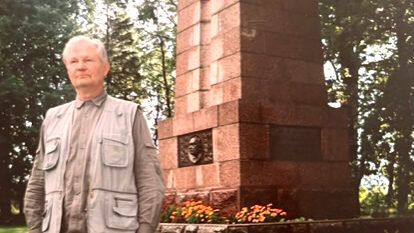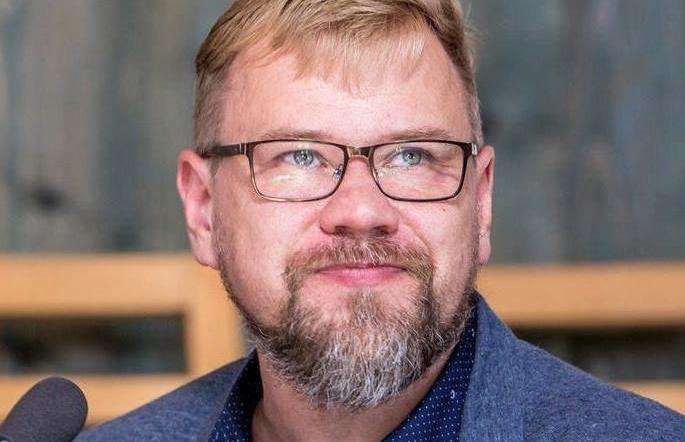One of the witnessed summoned to give testimony at the Estonian parliamentary enquiry was Herman Simm, later convicted as a Soviet spy. Simm (b. 1947) is a former chief of the Estonian Defence Ministry's security department, which included protection of state and NATO secrets, and Russian spy convicted of treason in 2009. He had been Prefect of the Harju police and Director General of Estonia's national police force.
Being one of 56 individuals to be questioned by the parliamentary commission in 2005, he headed one of the most sensitive positions within Estonia's defence forces and at the same time worked for Russia's intelligence agencies. The following is a summarized version of his testimony.
Question: How was your position (Prefect of Harju) connected to the Estonia disaster?
Simm: As soon as information about the disaster reached us at six in the morning I gave orders for the Harju police, with the Border Guard to search for any debris of the sinking that might have reached the beaches in Harju County. Later, after receiving the summons from this commission, I gave orders to search the registry of secret documents. I enquired both at Military Headquarters and at intelligence for relevant documents. No sources turned up any pertinent material. (One of the stories openly circulating dealt with the possibility that the Estonia was secretly transporting military technology and that this might have attributed somehow to the sinking.)
In the early 90's a police attache was stationed at the Swedish embassy who also dealt somewhat in intelligence matters. At the time military equipment was purchased from Russia by many different buyers, often for cash. I myself purchased two armoured vehicles for the police which are still in use. With expensive high tech equipment slated for a foreign customer, some Estonian official, be it in intelligence or some other department was usually involved. The transaction was usually in cash.
Question: When you searched for relevant documents, were they Estonian or correspondence with some other nationality?
Simm: We looked for all material involving transportation of weaponry to Sweden, whether on the Estonia or not. If the potential purchaser was the CIA or Swedish intelligence or some other agency, and if the parties involved wanted to keep the transaction a secret, then no paper trail could be found. We did not find anything that implicated the Estonia in transportation of military technology.
Question: One of our members has said that the Estonian government had been informed once of the transport of military technology on the Estonia.
Simm: At that time, the Defence Ministry had just been established. Such correspondence might have ended up with the foreign intelligence department or somewhere else. We did have an answer from Sweden to one inquiry and it had nothing to do with the topic at hand.
Question: How can the Military Headquarters be so independent to be involved in transportation of weapons without the Defence Ministry knowing about it?
Simm: I was part of a group investigating the so called “Einseln weapons affair” at Military Headquarters and I was recognized as being a legitimate member because I was able to get the relevant correspondence from Finland about the affair. No documents had been forwarded to the Defence Department as a routine.
Question: Who at that time would have any contact with Swedish intelligence?
Simm: The Chief of the Defence Forces, higher officers at Military Headquarters, the leadership of the National Guard, and its intelligence officers. I later discussed the “Einseln weapons affair” with an individual at the National Guard who attempted to bring it to public attention. He was forced to leave. If people in Estonia were involved with individuals from Swedish or American special agencies and were offered $100,000 to purchase specific items and told to keep the rest, the transport could have been organized in a much different way and who knows who may have been involved.
( One must remember that Simm at the time of this testimony was chief of security of state secrets and also a high level asset for Russian intelligence passing on to them the most sensitive information about NATO, about western intelligence operatives targeting Russia etc. Was Simm given instructions by Moscow as to how he should answer at the parliamentary inquiry? Certainly in giving his testimony, Simm's answers leave many things unsaid as if both the parliamentarians and Simm have an mutual understanding of what to make public and what to avoid.
The controversies and conspiracy theories surrounding the Estonia disaster had not diminished in intensity. One of the stories ties Simm himself to the aftermath confusion of the sinking. After Simm's arrest in 2008, Jutta Rabbe, a German journalist reported that Simm oversaw the removal of documents from the wreck of the Estonia, this purportedly being the cover-up of the evidence about the weapons smuggling. According to this account, Simm had been on the “dive platform” during the first official dive to the wreck after being “exchanged” at the last minute for another person. Also it was reported that Simm had requested that the divers go to the cabin of Captain Avo Piht and search for the pilot's case belonging to one Aleksandr Voronin. It was added that Voronin was suspected of being involved in shipping hi-tech military contraband from Russia to Isreal.
No matter how credible or unbelievable the conspiracy theories accompanying the actuality of what happened to the Estonia, a significant number of people are convinced that conclusions from the official commissions of inquiry appointed by governments resulted in agreements that the disaster was caused by nature (a raging gale) and perhaps equipment failure (a weakened car entrance hatch at the bow). Government reports avoided speculation about the shipping of military contraband or other countries' involvement – Sweden, Russia, Isreal(?) That's why Simm's answers at the parliamentary inquiry are intriguing. Was he a Moscow mouth piece or not?)
Laas Leivat




